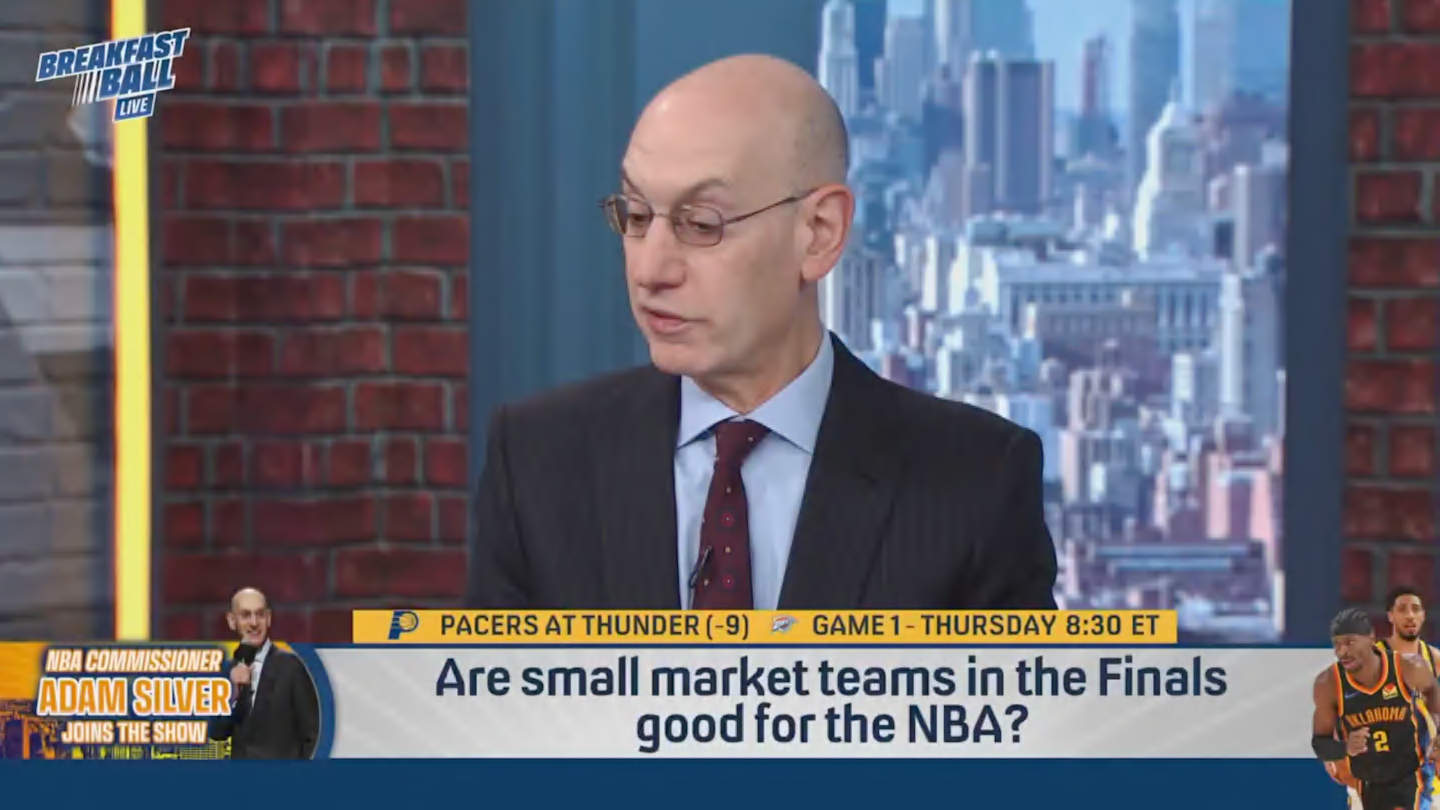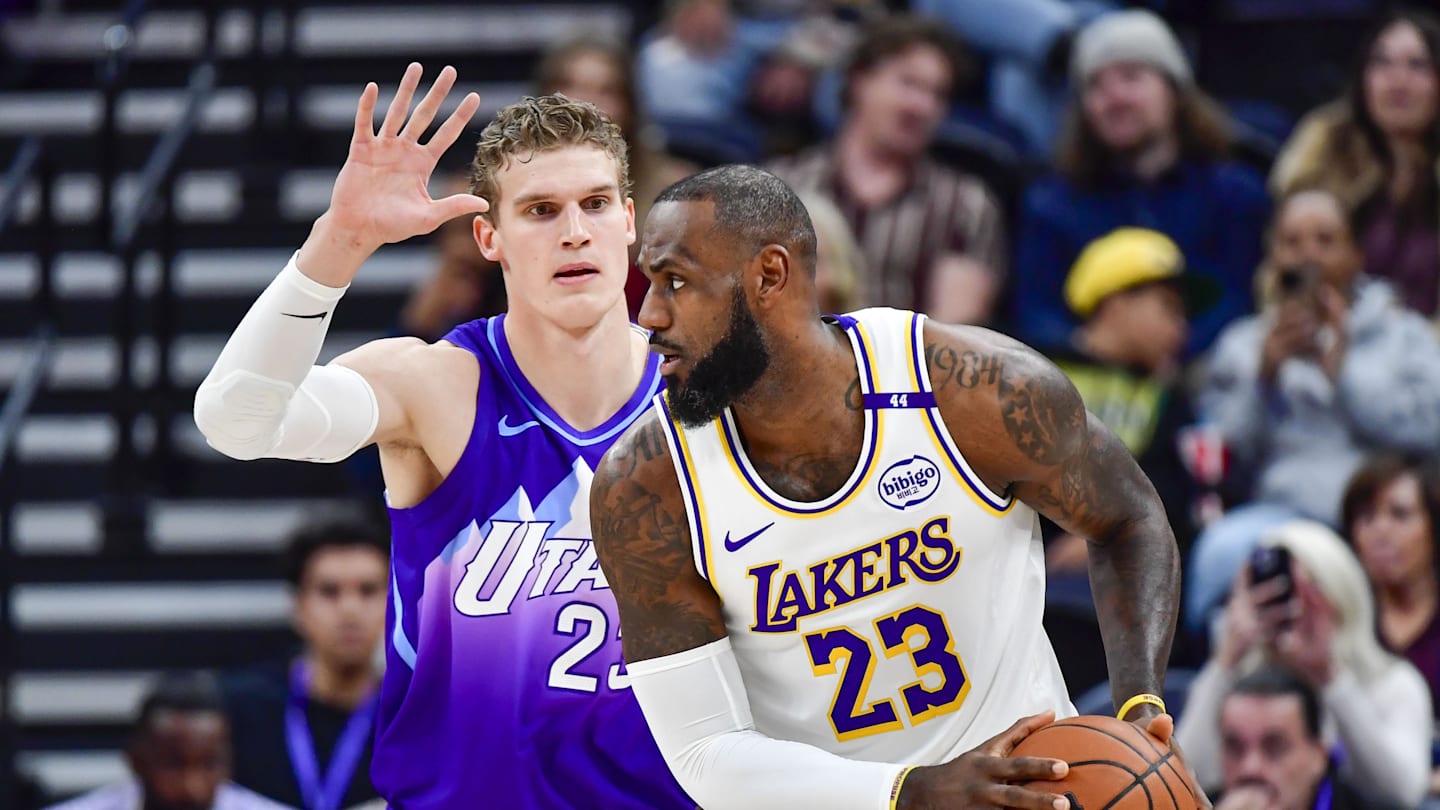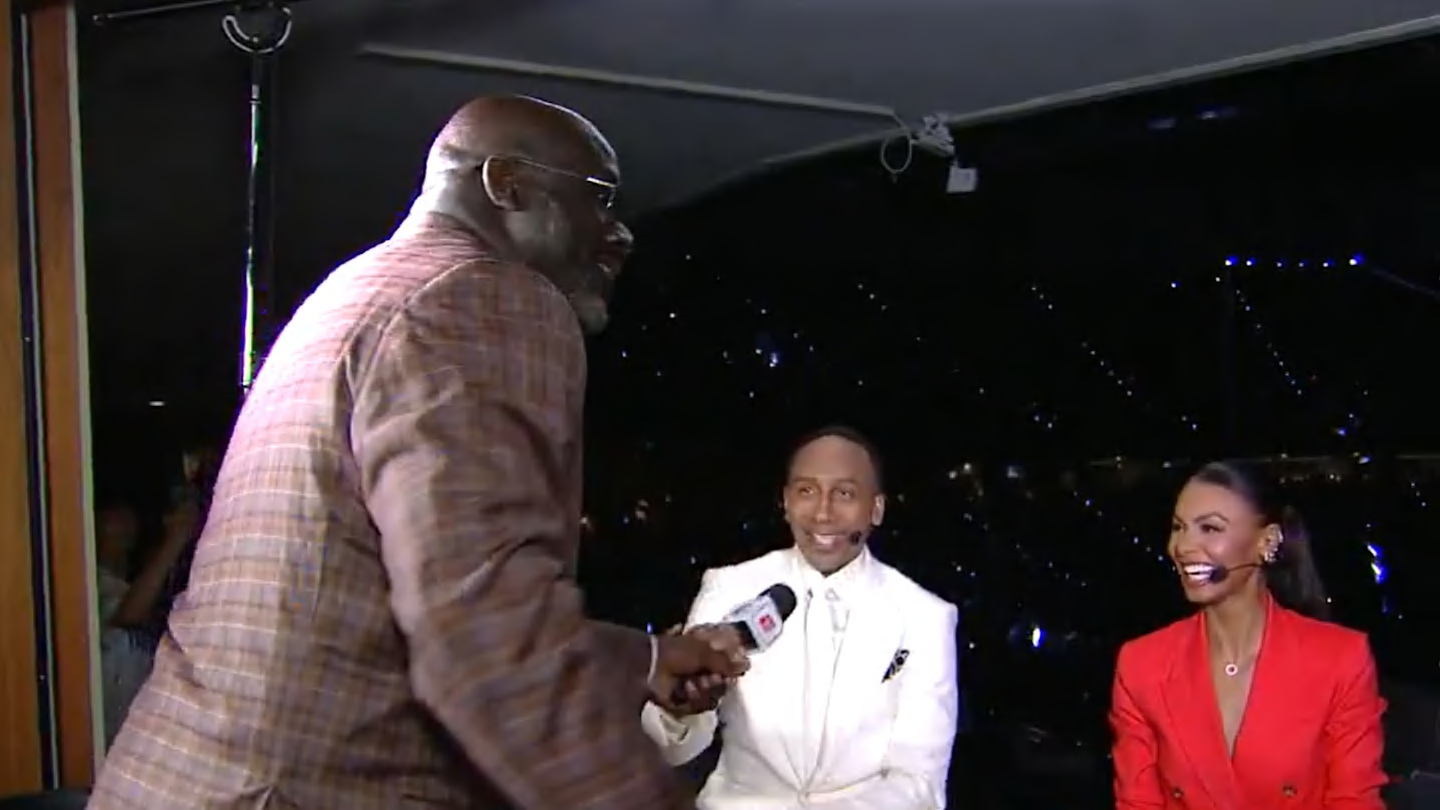Every year during NBA Draft season, the actual playoffs are also happening and a bunch of former late first-rounders, second-rounders, and undrafted guys are making real winning plays. It’s happening again right now among the Finals teams:
-
Andrew Nembhard (31st in 2022) is a key starter for Indiana, while point guard T.J. McConnell is in his 10th season and still playing bench minutes after going undrafted in 2015.
-
Pascal Siakam just won East Finals MVP as a late first-rounder (27th in 2016) who transformed from an energizing backup to an all-around star.
-
OKC received massive contributions in the West finals from three undrafted guys: Lu Dort, Kenrich Williams and Alex Caruso. This followed a series win in which Jaylin Williams (34th in 2022) played crucial minutes.
-
Thunder starting center Isaiah Hartenstein (43rd in 2017) and backup wings Isaiah Joe (49th in 2020) and Aaron Wiggins (55th in 2021) have also made significant contributions.
That’s what this list is about. Not lottery picks. Just prospects who won’t be flashy draft-night picks, but might be the reason a team wins a playoff series sooner than later. Here are seven sleepers.
Powell doesn’t scream sleeper. In fact, he was originally projected as a lottery pick. Then he averaged only 7.4 points as a Tar Heels freshman and began slipping down draft boards. But with a chiseled 6-foot-5 frame, a 7-foot wingspan and a motor that doesn’t quit, Powell projects as the kind of playoff-viable role player every contender can’t have enough of. As a North Carolina freshman, opponents shot only 38.1% from 2-point range when defended by Powell, and he was both a switchable perimeter defender and an effective helper at the rim.
Advertisement
Offensively, he’s a connective passer, a straight-line slasher who finishes through contact and a reliable shooter off the catch. Powell made 40% of his 90 catch-and-shoot 3s, per Synergy. This is consistent with his numbers in high school, where he made 40.2% of his 3s as an upperclassman.
(James Pawelczyk/Yahoo Sports Illustration)
Powell’s stock dipped in part because of the expectations he’d be more of a primary creator for North Carolina. But he displayed a stiff handle, and his jumper off the dribble is shaky. He missed 16 of his 23 jumpers off the bounce, including all five of his 3s, per Synergy.
Last month, Powell worked out for the Bulls, who own the 12th and 45th picks in the draft. Maybe by draft night in late June, he’ll rise up boards enough to be drafted a lot closer to 12th than 45th. And that rise has already begun after a stellar draft combine in which he posted the best athletic measurements of anyone there.
Advertisement
And besides: Development is never linear. Powell was projected as a top-10 pick because of the flashes he showed in high school, making 40.4% of his 94 dribble jumpers as a senior. What if he taps into those skills again down the line? Then taking him in the first round is a no-brainer. Because even without becoming a guy who regularly generates offense, Powell certainly has the role-player foundation to enhance stars and close playoff games.
Nembhard is a classic old-school floor general who ran the show for Gonzaga, averaging 9.8 assists to just 2.5 turnovers. He plays with a veteran’s poise, throws bull’s-eye passes to shooters and makes smart decisions. He also finishes well for his size, using crafty angles and soft touch off the glass. And he made progress as a shooter during his senior season.
Over his first three college years, he made 37.1% of his catch-and-shoot 3s before making a career-high 44.4% as a senior. The issue was his pull-up 3. He made 27.2% of his dribble-jumper 3s through his junior season before making 36.7% as a senior. Finally, his 44.9% stroke on pull-up midrange jumpers began to translate. Though he’s still a low-volume shooter, it’s encouraging to see his numbers tick up; it’s crucial for a player at his size.
Advertisement
At the draft combine, Nembhard measured 5-11 without shoes and only 176 pounds. History isn’t kind to guards that small. Then again: After going undrafted in 2015, McConnell is in the 10th season of his career and playing pivotal playoff minutes.
Like McConnell, Nembhard — the brother of Pacers guard Andrew — might be small, but he has the brain and the floor game to carve out a backup PG role, especially if his shooting proves real.
If a team is looking for a bankable NBA skill, Brea has it with his shooting. He drilled 43.4% of his 3s over five college seasons, and it wasn’t just spot-ups. Brea moves like a pro relocating, sprinting off screens, setting his feet with perfect balance and firing with confidence. He’s got deep range, a lightning-quick release and enough size at 6-6 to get his shot off against contests. That gives him a real floor as a rotation player in today’s spacing-obsessed league.
Advertisement
Then you factor in his passing ability. By no means is Brea a primary creator, but he keeps the ball moving and shows connecting passing skill off the dribble.
The swing skill is his defense: If he can get stronger and improve his lateral quickness enough to hold his own on defense, he becomes a playoff guy in the mold of a Sam Hauser type.
Martin is an impressive athlete with a chiseled frame, explosive leaping ability and a level of physicality that overwhelms softer players. These NBA playoffs showed how much physicality matters but also how much speed does, too. And Martin never seems to run out of energy despite defending full court, crashing the glass and flying around as a defender and cutter.
Advertisement
At only 6-2, he’s not a primary playmaker and his shot is streaky at 36.4% on 3s across five college seasons, so he doesn’t fit neatly into a traditional backcourt role. But in the right system, Martin’s blend of athleticism, toughness and defensive impact could make him a playoff contributor who earns his way onto the floor.
Lanier is a flamethrower. After four seasons at North Florida, he transferred to Tennessee and instantly became one of the most dangerous movement shooters in college basketball. He hit 39.5% of his 3s this season, and it wasn’t just standstill looks. Lanier sprinted into shots off screens and attacked closeouts with side steps or rhythm pull-ups. He has deep range, lightning-quick mechanics and the confidence to let it fly no matter the spot on the floor and no matter the defense.
But despite the shot-making craft, Lanier has limitations that cap his stock. He’s a small combo guard at 6-4, and only 13% of his shots came at the basket, per Synergy. He’s not a playmaker either, often misfiring when asked to create. But if a team needs a microwave shooter off the bench who can play off stars and space the floor, Lanier can help an offense tomorrow.
Advertisement
Sallis plays like a guy who just knows how to hoop. He is a slippery, poised scorer who scores from midrange with advanced body control and has a passing feel. That last point is important, since he measured at only 6-4 without shoes, so he might need to lean into some of his point skills at the next level.
At his core, though, Sallis is a bucket-getter. He made 51 midrange pull-ups as a junior then 78 as a senior, hitting 51.2% of his 252 attempts. He’s been very streaky from 3-point range, but his touch from midrange and from the line (near 80%) are positive indicators that he’ll figure out his catch-and-shoot 3-point jumper. If the shot comes around, he could become a solid secondary creator who contributes on both ends.
Yang has a chance to stick in the pros as a throwback big with a massive 7-1 frame. Coming from China, he plays with an old-school style with polished footwork, touch and craft around the basket, and some slick passing skills. Yang consistently makes quick reads out of the post and on handoffs, so he can do some of the things you’d see from an Alperen Şengün or Isaiah Hartenstein type of big. And much like them, he flashes a shooting touch that might translate.
Advertisement
Defensively, he’s a strong positional rebounder and space-eater in the paint who uses his size to wall off drivers and clean the glass. But Yang hasn’t shown the foot speed to defend in space or comfortably switch, even against Chinese competition. If anything holds him back from carving out an NBA career, it’ll be his defense.
But Yang’s offensive talent gives him a chance to be the best Chinese big man to play in the NBA since Yao Ming. And if his athleticism improves to the point he can survive on defense, then his offensive upside gives him the potential to be a major steal.
Who are your sleepers in the 2025 draft class? Let me know in the comments below, and check out my Draft Guide with scouting reports of every player and a two-round mock.


